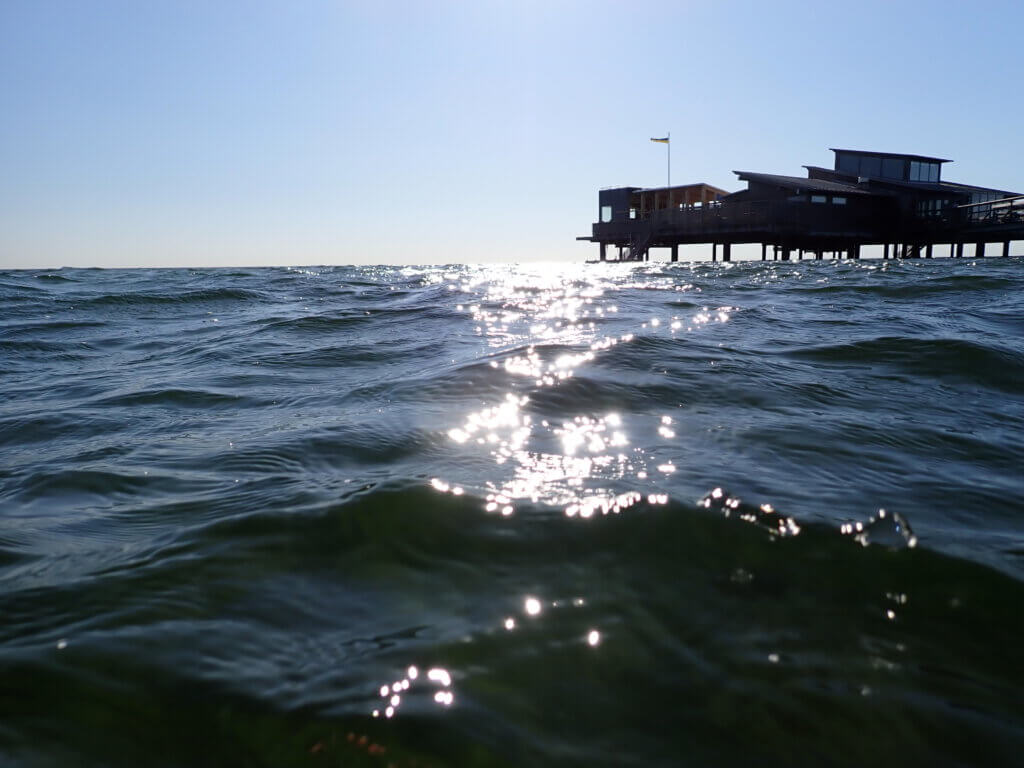
Roxå et al. (2025): “Entangled in context: addressing academic development and choice architecture”
My colleague Torgny Roxå had a new paper come out (on our shared Birthday no less!) on how academic development depends on context. Together with colleagues from Bratislava, they investigate the “educational choice architecture” (ECA), the boundary conditions that nudge teachers towards certain choices, much like big department stores get customers to buy things they did not realise they needed until they saw them nicely set up in the store.
They discuss the different spheres of influence that determine the context in which an academic development effort takes place:
- Mega: External to the situation, e.g. the country, policies, funding situation, whether teaching qualifications are required (could also happen on macro or meso level?)…
- Macro: Institutional level (Institution, school, faculty), e.g. are students part of evaluation or decision-making processes, funding for academic development, priorities of management, existence of and criteria for teacher prices, …
- Meso: Community, department, e.g. culture, whether teaching conversations happen in private or in public, availability of mentoring, …
- Micro: Individual, e.g. perceived support, self-efficacy, …
All these spheres set the frame in which academic development work can take place. Roxå et al. (2025) write “Individuals still have the freedom to make choices and act as they want, but due to cognitive limitation and the overwhelming complexity of the context, they likely make a greater number of choices that align with the ECA than dissonant to it“, especially when under time pressure or other stressors.
I find this article really interesting for several reasons:
First, and relating to the discussion around positionality statements I wrote about yesterday, reporting on the context of any kind of academic development efforts is even more important than the current practice indicates. Without understanding the context in which results of a study were obtained and how it influenced the results, it is not possible to consider how the same innovation might play out in a different context.
Second, when implementing academic development efforts, we really need to look at the bigger context and what choices it nudges teachers towards. The context is, as Roxå et al. (2025) explain, “both a passive background and an agentic actor“. We need to leverage multiple theories of change if we want to change the big picture in a way that makes it easy for teachers to (let us nudge them to) do good teaching. And seeing these four different spheres spanned up is really helpful — for example, in the system I am working in, teaching qualifications are required for employment and promotion in many academic positions, and the compulsory Introduction to Teaching and Learning course I am often teaching has been established for so long that hardly anybody questions whether they really need to attend. At the same time, there are national learning outcomes that every graduate has to fulfil, independent of where they study and what their university would possibly like to do instead. Additionally, the system is extremely slow when it comes to for example bringing new courses into programs or changing learning outcomes, and that is a threshold to experimentation and quick adaptation of anything. And it is very important to consider the boundary conditions on all those levels (and maybe also how they can possibly be changed) when trying to help teachers change something in their teaching, so this article is a really good reminder of that!
Torgny Roxå, Jaromír Novák, Lucia Hlavatá, Gabriela Pleschová, Roisin Curran & Vicky Davies (14 May 2025): Entangled in context: addressing academic development and choice architecture, International Journal for Academic Development, DOI: 10.1080/1360144X.2025.2501187
Yesterday’s wave watching and dip were amazing. Look at these colors! I just love the blues and greens! It makes me feel like I am recharging through my eyes!
And, as always, fun to see how you can look into the water at some angles and not at others…
And nice progress on the new sun rooms at Långabryggan!
Love the interference of waves…



